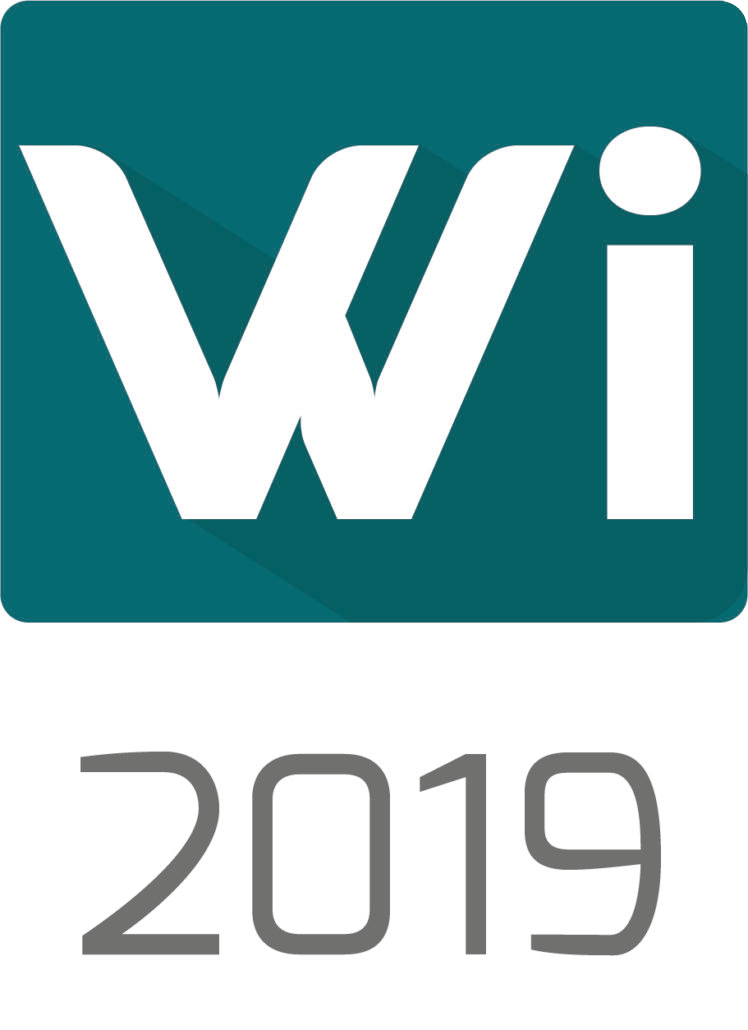Description
Recently, traditional quality assurance methods, which often require human expertise, have been accompanied by more automated methods that use machine learning technology. These methods offer manufacturers to reduce error rates and, consequently, to increase margins as well. In particular, predictive quality assurance (Pre QA) allows to minimize expenses by feeding back information from product returns and quality checks into the early product development. However, Pre QA requires detailed information about previous quality problems which is not always readily available in a structured form. In this paper, we therefore discuss the potential of leveraging initially unstructured information in the form of images, taken either during quality checks or by customers when returning a product, to the end of product quality improvement. We furthermore show how this might be realized in practice using the case of fashion manufacturing as an example.
Leveraging Unstructured Image Data for Product Quality Improvement
Recently, traditional quality assurance methods, which often require human expertise, have been accompanied by more automated methods that use machine learning technology. These methods offer manufacturers to reduce error rates and, consequently, to increase margins as well. In particular, predictive quality assurance (Pre QA) allows to minimize expenses by feeding back information from product returns and quality checks into the early product development. However, Pre QA requires detailed information about previous quality problems which is not always readily available in a structured form. In this paper, we therefore discuss the potential of leveraging initially unstructured information in the form of images, taken either during quality checks or by customers when returning a product, to the end of product quality improvement. We furthermore show how this might be realized in practice using the case of fashion manufacturing as an example.


